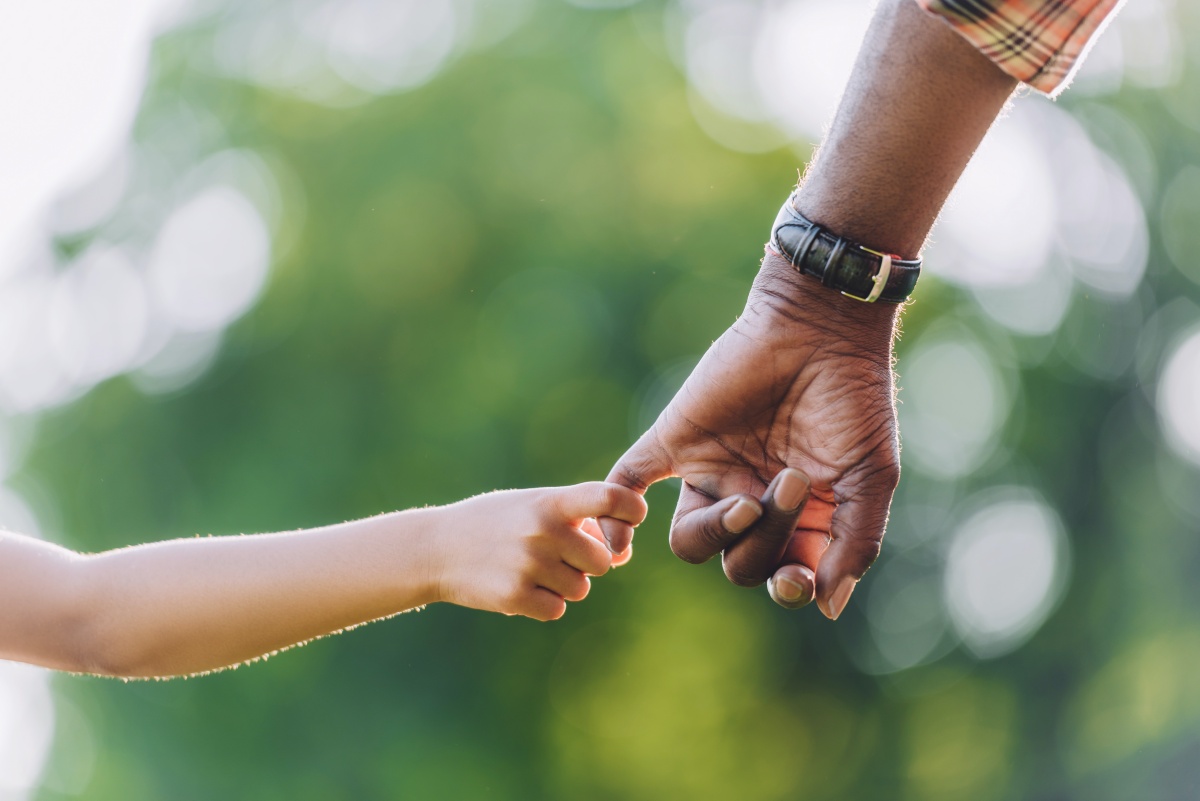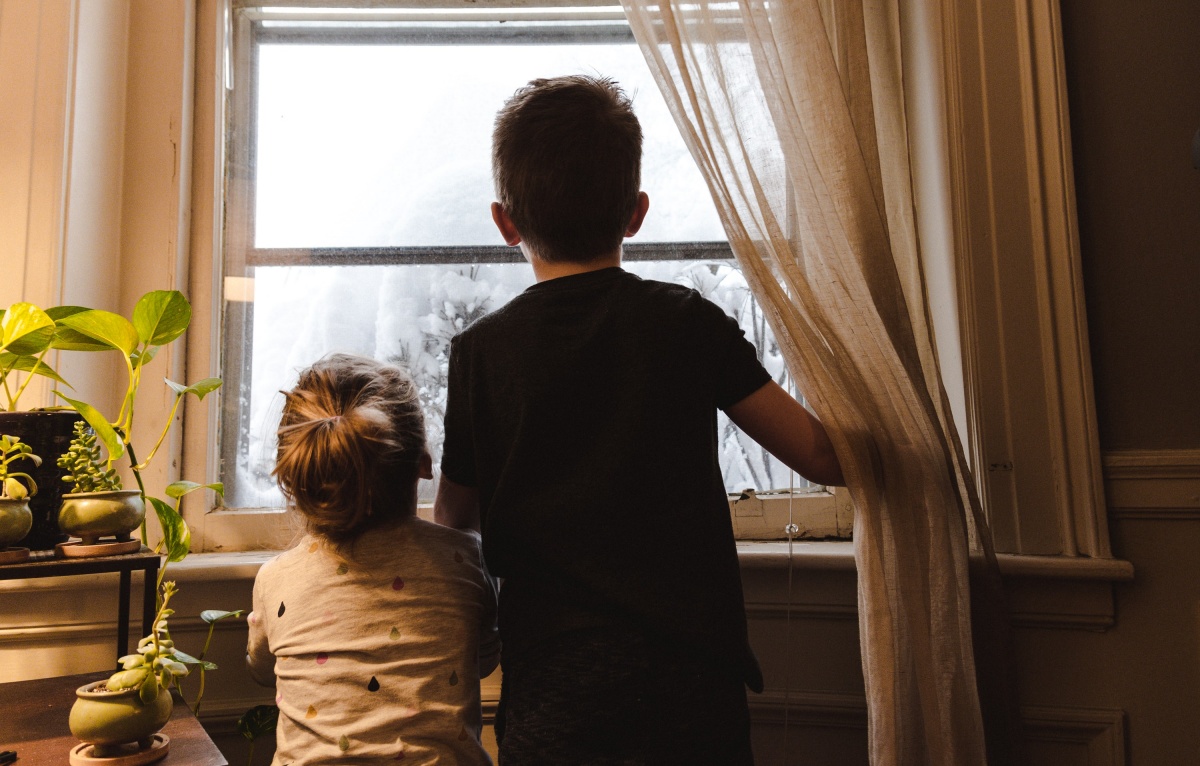
By: Mallory Darcy
From the first moment you looked into their eyes, you dreamt big dreams for your baby. Maybe they would be a doctor, an astronaut, or an author. Maybe they’d design their own clothing line, star in the next box office thriller, or discover a cure for cancer. Maybe they’d start their own business, teach students in another country, or raise babies of their own. No matter what they would accomplish in life—the degrees earned, accolades received, or titles given—the biggest dream we have for our kids is that they would live a life of purpose.
We dream of our kids living a life where they are happy—fulfilled to the brim, knowing that they are purposeful in the way they live. This kind of living doesn’t wait for adulthood to start. I mean, let’s be real. It’s hard to develop a sense of purpose when the bills are piling up, demands are high, and there doesn’t seem to be enough hours in the day to complete the monotonous to-do list. The stage for a life of purpose is set during the early childhood years. We can help our kids discover what purpose is, even amidst them wearing footie pajamas and eating fruity cereal.
Here are seven meaningful activities to help your kids find purpose in the world around them:
1. Create a family tree: Grab the construction paper, scissors, glue, and paint—it’s time to get crafty! It’s so important for kids to understand the legacy they were born into. As Maui (from Disney’s Moana) says, it’s about “knowing where you are, by knowing where you’ve been.” So gather the family photos, pop some popcorn, and make a family craft night out of it! Make it fun—telling stories of the good memories, sharing lessons learned from the not-so-good memories, and inviting kids to shape their own branches of the family tree.
2. Write a purpose statement: This is a great activity, not just for kids of all ages, but for parents too! In fact, a great way to initiate this activity is to first write a family purpose statement. It can be as long or short as you like—it just needs to represent what’s truly the most important to your family. Once the family purpose statement is written, paint it on a canvas together. Maybe even frame it in the family room for all to see! This activity will unify the family. Then, encourage your child to develop their own purpose statement for what is truly important to them.
3. Teach that everybody is important: Line your floor with a roll of kraft paper. Have your child lay flat on their back, and use a marker to trace the outline of their body. After your child is standing again, use scissors to cut out the diagram. Then, cut the diagram into several pieces. For example: Cut off the arms, the legs, the head, the feet, etc. Have your child put the puzzle pieces back together where they should go to recreate the diagram of their body. Just as every body part is important—each an integral piece to the human body—every single person is an integral part of humankind. Every person has a role to play, a purpose to fulfill. And they bring value to the world by being alive!
4. Establish a list of strengths: It’s easy to assume that our kids know how crazy we are about them. I mean, they’re our kids, right? They must know how absolutely crazy-obsessed we are with them! (As in, we look at their baby pictures on our phones at night, because they’re asleep and we just miss them!) Sure, our kids know that we love them. But as their parents, we need to dive a little bit deeper into the love pool and put some words around our affection. For instance, rather than all too often repeating, “Way to go!”—we could put more concrete words around the compliment. Try being more specific, saying phrases like, “You’re such a caring friend. You are so sensitive to making sure everyone is included!” Or, “Your artwork is beautiful. Just look at your attention to the detail of that sunset!” That way, when you sit with your child to create a list of their strengths, they already have words in their mind for things they do well.
5. Construct a collage of interests: Ask questions. And listen in order to better understand where your child truly finds joy. Then work with them to find pictures of things they are interested in. For example: fashion, animals, baking, TV, cars, sports, places they want to visit, etc. (For old-school types, feel free to use magazine clippings, pictures, and posterboard. But for those digital-lovin’ folks, this can be created on the computer.) Then, help them create a collage of their favorite things. This is a great way for kids to associate their interests or passions with their purpose. And it’s a fun activity to do together! Maybe even create your own collage of interests that you can share with your kid. You will both learn so much about each other!
6. Hire them: Yes, you read that correctly. Hire them to help out around the house. Give them jobs to complete to help the family. Things that you know they will be good at, and even things that they may not be successful at the first time around. Our kids have to learn how to fail forward. Mistakes are good, because you learn from them. Just because you fail the first time around doesn’t mean you should quit. Try again. Try a new way. And try again. Create a chore chart, and allow them to experience the responsibility of hard work, and also the joys that come with a job well done. (And goodness knows that a little bribery—er . . . allowance—is a great association between a little hard work and moolah.)
7. Live an inspirational life: There is no better way to teach your child about purpose than by living your own life with intention. Share your journey with your child. What are your dreams? What goals are you working to achieve? Why did you choose your career path? What inspires you? Where do you hope to be in 10, 15, 20 years? Where would you like to visit one day? How do you hope to be remembered when you die? What mark do you want to leave on this earth? Facilitating these open (and yes, sometimes vulnerable) conversations with your child at an early age will only prompt them to have these intimate and open conversations with you as they grow and mature.
Grasping the concept of “living with purpose” may be a big concept for a kid to grasp. But accept the challenge to engage in the conversation, acknowledge their strengths, affirm who they are and how important they are, and lead by example. Your little one is watching every step you take. May you model what it looks like to live a life of happiness and purpose.





